The discovery of the Tollund Man, a 2400-year-old bog body found in Bjældskovdal, Denmark, stands as one of archaeology’s most fascinating finds. Here Archeology.dulichvn.net updates this ancient Iron Age site that offers an unparalleled insight into the customs, beliefs, and daily life of a long-lost culture. Preserved in remarkable detail by the unique conditions of the peat bog where he was buried, the Tollund Man has captivated scientists and historians alike with his story.
Unearthing the Tollund Man
The Discovery
In 1950, two peat cutters stumbled upon a startling sight in Bjældskovdal bog. Initially mistaking the body for a recent murder victim due to its extraordinary preservation, they alerted authorities. It was soon revealed that the remains were not from recent times but dated back over two millennia, belonging to the Iron Age.
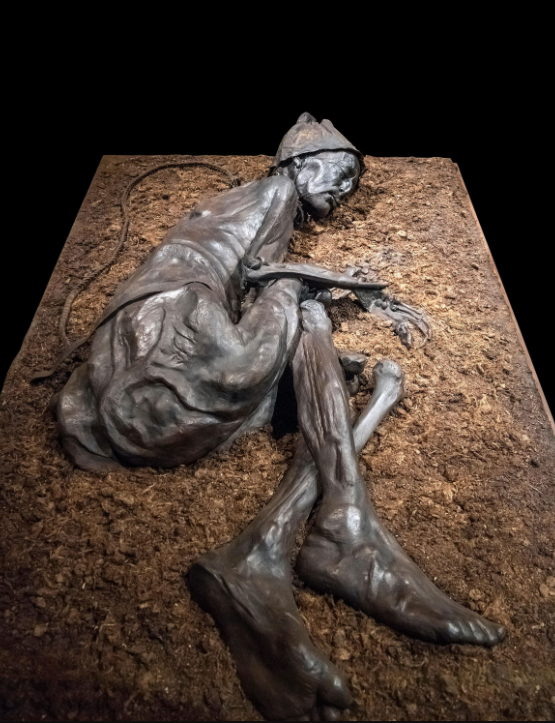
The Tollund Man’s body was remarkably intact, with his skin, facial features, and even the contents of his stomach preserved by the anaerobic conditions of the peat bog. This discovery marked a pivotal moment in the study of bog bodies and Iron Age Europe.
The Preservation Mystery
The peat bog’s unique chemical environment played a crucial role in preserving the Tollund Man. The acidic water, low oxygen levels, and cool temperatures created an environment that prevented the decomposition of organic materials. This natural mummification process preserved not only his physical features but also his leather cap and noose, providing invaluable clues to his life and death.
See more: The Inspiring Story of Ankara’s Garbage Collectors and Their Public Library
Initial Studies and Findings
Upon excavation, archaeologists quickly realized the Tollund Man was not just a relic but a treasure trove of information. Early examinations revealed his last meal, his probable cause of death, and insights into the rituals and customs of the Iron Age.
Insights from the Tollund Man
A Victim of Human Sacrifice
The Tollund Man is believed to have been a victim of human sacrifice, a practice common in Iron Age Europe. The noose around his neck indicates he was hanged, likely as part of a ritual offering to the gods. Experts suggest that such sacrifices were made to ensure fertility, good harvests, or favorable outcomes in battles.
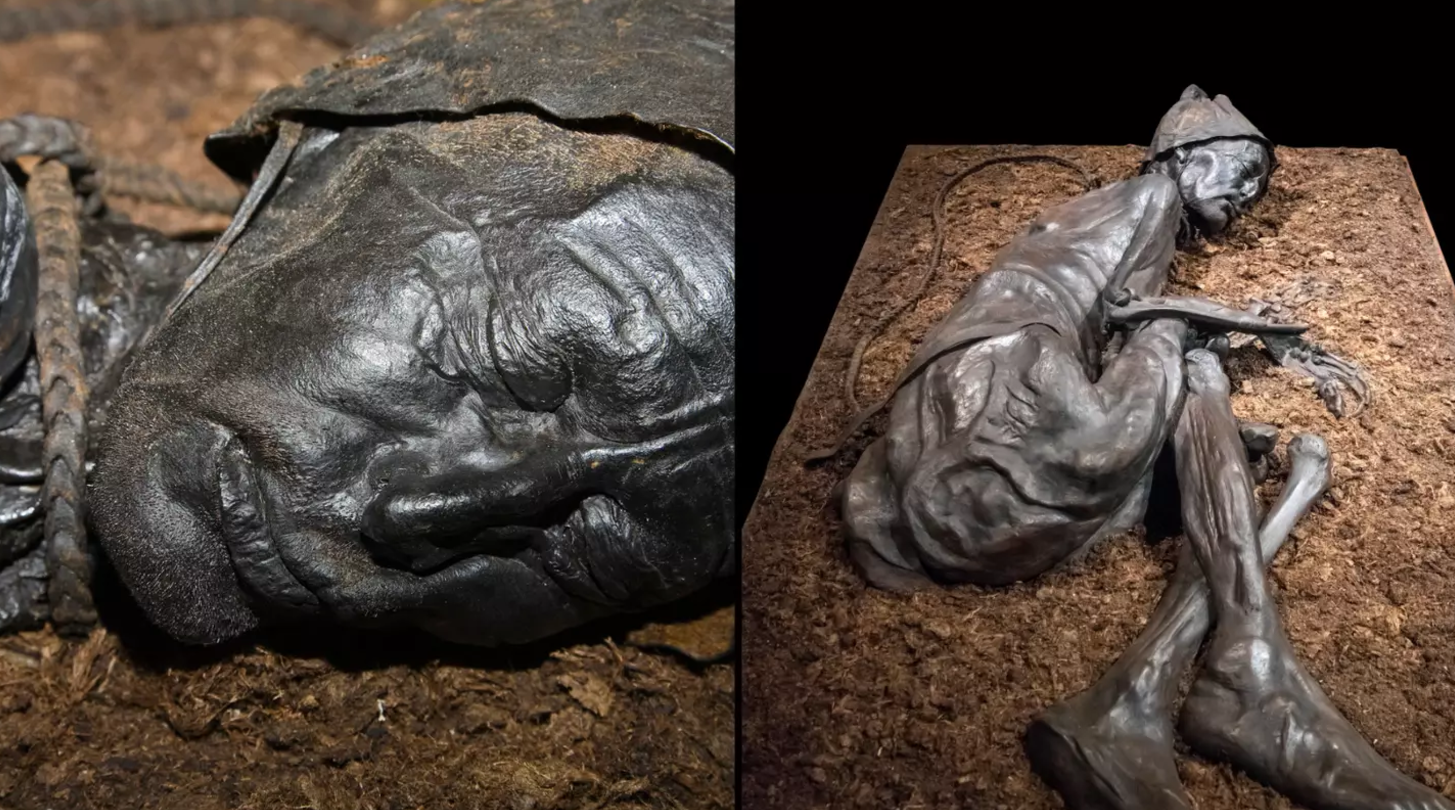
His serene facial expression has led some to theorize that he may have been willing or drugged during the ritual, though definitive evidence is lacking. The meticulous care with which his body was placed in the bog—positioned as though he were sleeping—further supports the idea of a ceremonial burial rather than a punitive execution.
His Last Meal
One of the most extraordinary aspects of the Tollund Man’s preservation is the detailed analysis of his stomach contents. Scientists determined that his last meal consisted of porridge made from barley, flax, and other grains, along with traces of wild plants. This meal, simple yet nutritious, reflects the diet of Iron Age communities.
The analysis also revealed that the porridge was prepared shortly before his death, supporting the idea of a ritual sacrifice, as food offerings were often part of such ceremonies.
Physical Characteristics
The Tollund Man’s physical features are incredibly well preserved. His leathery skin, gentle facial features, and even his stubbled beard paint a vivid picture of an Iron Age individual. His body, slightly shrunken due to the bog’s conditions, measures about 5 feet 3 inches (162 cm).
The details of his preserved fingerprints allowed scientists to confirm that they closely resembled modern fingerprints, further connecting us to our ancient ancestors.
See more: The Mercury Train: A Streamlined Masterpiece of Midwest Rail Travel
The Significance of the Tollund Man
A Glimpse into Iron Age Life
The Tollund Man offers invaluable insights into the everyday life and spiritual beliefs of Iron Age communities. From his diet to his attire, each detail adds a piece to the puzzle of how these ancient people lived, worked, and worshiped.
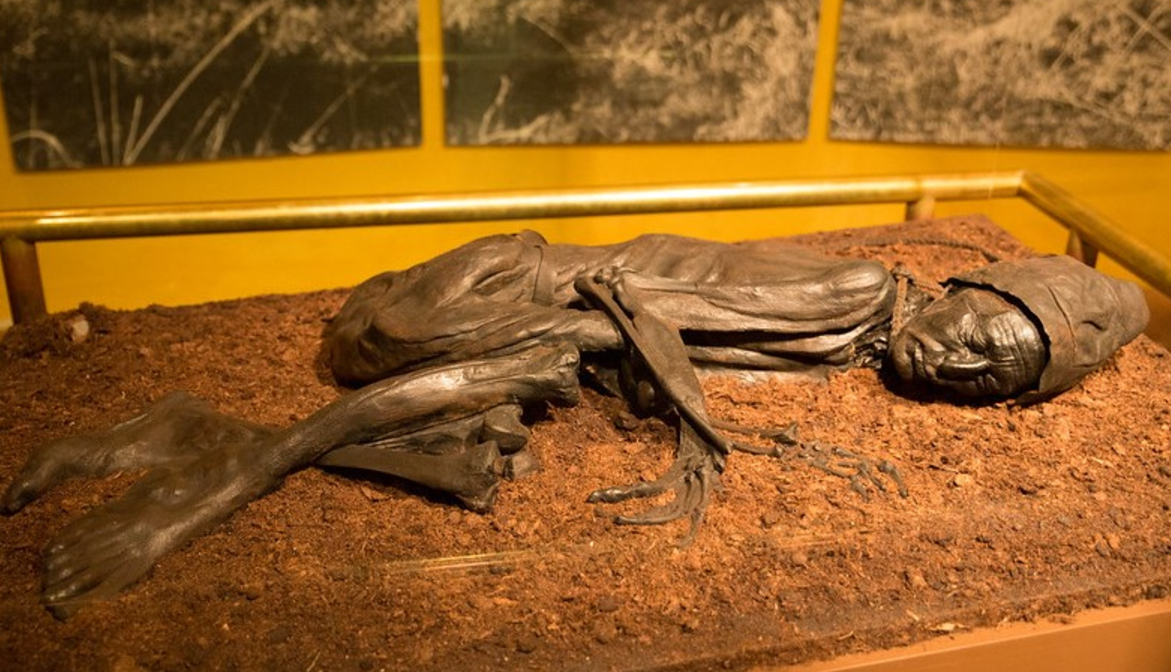
His well-crafted leather cap and belt suggest that he was dressed with care, perhaps indicating his high status or the importance of the ritual in which he was sacrificed.
Advancements in Archaeological Techniques
The study of the Tollund Man has significantly advanced the field of archaeology. Techniques such as CT scans, isotope analysis, and advanced DNA studies have been applied to his remains, pushing the boundaries of what we can learn from ancient artifacts.
These technological advancements allow scientists to reconstruct not only his physical characteristics but also the environment and society in which he lived.
Cultural and Historical Importance
The Tollund Man stands as a cultural icon, symbolizing the interconnectedness of history and humanity. His story reminds us of the complex belief systems and traditions of our ancestors, shedding light on their relationship with nature, gods, and each other.
Preserving the Legacy of the Tollund Man
Exhibition and Public Education
The Tollund Man is housed at the Silkeborg Museum in Denmark, where he continues to educate and inspire visitors. His remains are carefully preserved, ensuring future generations can learn from this remarkable discovery.
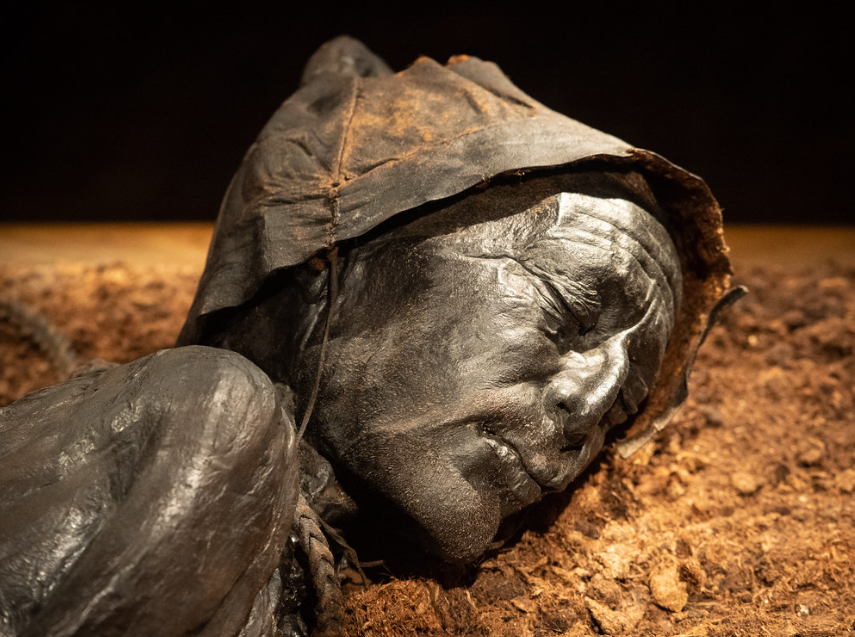
Exhibits surrounding the Tollund Man incorporate multimedia displays and interactive tools, making his story accessible to a global audience. Through these efforts, the legacy of the Tollund Man lives on, bridging the gap between ancient history and the modern world.
Ongoing Research
Research on the Tollund Man is far from complete. Scientists continue to analyze his remains, employing cutting-edge techniques to uncover new details about his life and death. This ongoing study ensures that his story evolves as we gain a deeper understanding of the Iron Age.
Lessons for Humanity
The Tollund Man’s story serves as a reminder of our shared history and the universal themes of life, death, and belief. His preservation offers a powerful lesson about the importance of respecting and learning from the past.
Conclusion: A Timeless Connection to the Past
The Tollund Man is more than an archaeological artifact; he is a connection to a world that existed 2400 years ago. Through his remarkably preserved body, we gain a deeper understanding of Iron Age rituals, diet, and culture.
As science continues to unravel his mysteries, the Tollund Man remains a poignant reminder of the humanity that binds us across centuries. His story, preserved in the peat bogs of Denmark, will continue to captivate and educate for generations to come, offering a timeless window into the lives of our ancient ancestors.

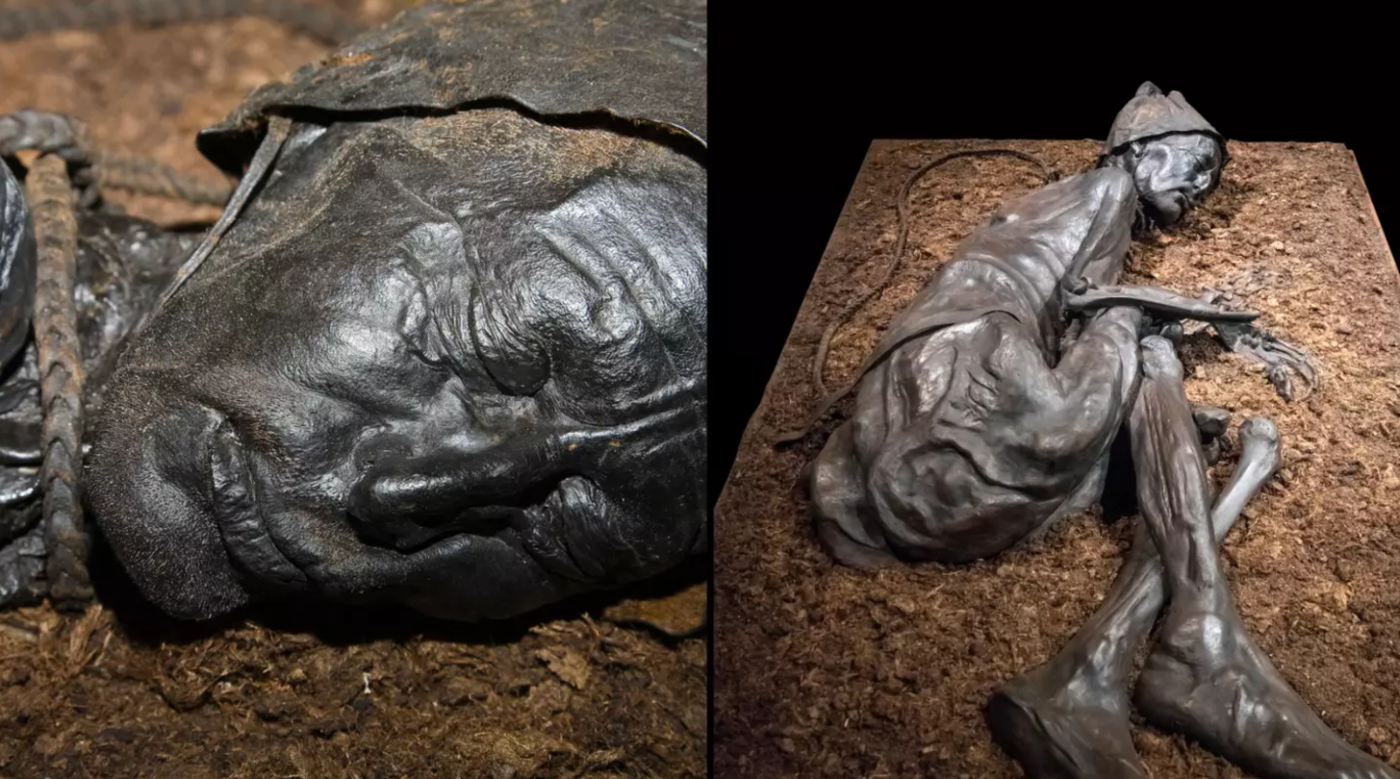
CÁC TIN KHÁC
Mark Twain & Olivia Langdon: A 36-Year Love Story Filled with Laughter and Devotion
The Tollund Man: A 2,400-Year-Old Mystery Preserved in a Danish Bog
Skara Brae: Scotland’s Hidden Neolithic Village
Porta Nigra: The Hidden Depths of Trier’s Iconic Roman Gate